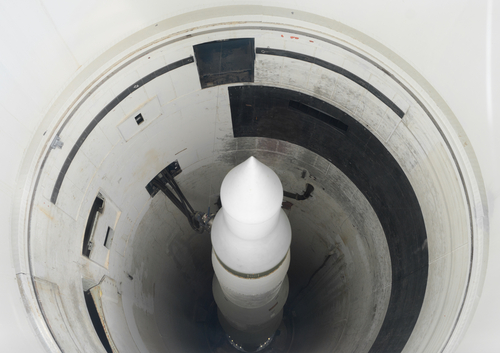
Missions for Nuclear Weapons after the Cold War
This report (PDF) examines currently proposed nuclear missions and finds that the United States is witnessing the end of a long process of having nuclear weapons be displaced by advanced conventional alternatives.
The most challenging nuclear mission is a holdover from the Cold War: to be able to carry out a disarming first strike against Russian central nuclear forces. Only if the US and Russia abandon this mission will meaningful reductions in the two largest arsenals be possible.
Satellite imagery has long served as a tool for observing on-the-ground activity worldwide, and offers especially valuable insights into the operation, development, and physical features related to nuclear technology.
This report outlines a framework relying on “Cooperative Technical Means” for effective arms control verification based on remote sensing, avoiding on-site inspections but maintaining a level of transparency that allows for immediate detection of changes in nuclear posture or a significant build-up above agreed limits.
The grant comes from the Carnegie Corporation of New York (CCNY) to investigate, alongside The British American Security Information Council (BASIC), the associated impact on nuclear stability.
Satellite imagery of RAF Lakenheath reveals new construction of a security perimeter around ten protective aircraft shelters in the designated nuclear area, the latest measure in a series of upgrades as the base prepares for the ability to store U.S. nuclear weapons.